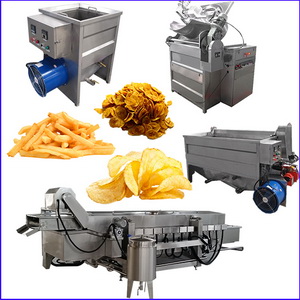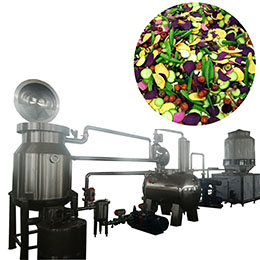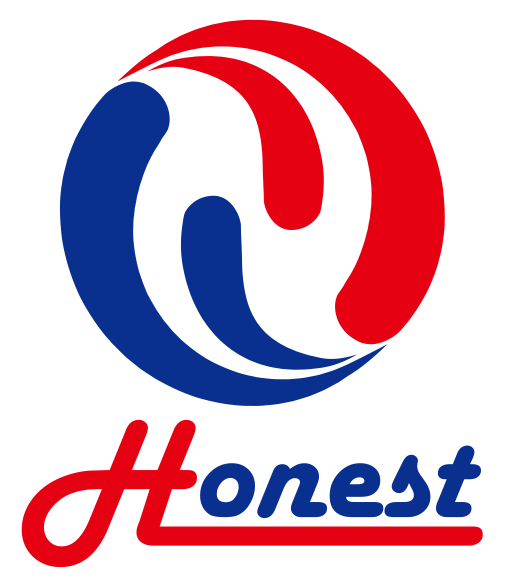

Deep fat frying is the most common preparation method used to increase unique and distinctive qualities of flavor, color, appearance, taste, aroma, and texture (Saguy & Dana, 2003) and extend the storability of agricultural products. This simultaneous process of heat and mass transfer is employed by immersing food in oil at a temperature of 150 200 C, which is well above the boiling temperature of water (Teruel, García Segovía, Martínez Monzó, Linares, & Dolores, 2014).
The process causes a number of physicochemical changes such as water loss, oil uptake, crust formation, starch gelatinization, and color changes (Mir Bel, Oria, & Salvador, 2012). It also brings about a substantial reduction in weight and volume, minimizing packing, storage, and transportation costs in some products.
Although many studies have reported the adverse effect of consuming fried food which can lead to increased incidence of coronary heart disease, cancer, diabetes, or hypertension (Krokida, Oreopoulou, Maroulis, & Marinos Kouris, 2001b), frying still remains one of the principal cooking methods (Saguy & Dana, 2003).
Vacuum frying (VF) technology offers a better potential in providing healthy and high quality products to satisfy the expectations of fried food consumers. In VF operations, food is heated under lower atmospheric pressure in a closed vessel. Water from the food surface and within are rapidly removed when the frying temperature suddenly reaches the boiling point of the oil (about 60 70 C) with respect to the vacuum effect and non-oxygen condition (Garayo & Moreira, 2002; Nunes & Moreira, 2009; Shyu & Hwang, 2001). Several advantages of VF have been exhibited such as reducing oil content in fried products, retarding oil deterioration, decreasing acrylamide content, and preserving natural color, flavors, and nutritional compounds (Belkova et al., 2018; Da Silva & Moreira, 2008; Garayo & Moreira, 2002; García Segovia, Urbano Ramos, Fiszman, &; Martínez Monzó, 2016; Granda, Moreira, &; Tichy, 2004; Shyu & Hwang, 2001).
Nonetheless, consumers are increasingly demanding healthy alternatives to fried food, particularly reduced fat content.
Krokidia, Oreopoulou, Maroulis, and Marinos Kouris. (2001c) indicated that a pre-treatment step before frying might be the best point of interest in the manufacture of low-fat products. Pre-treatments are mainly being employed to any conventional fruit and vegetable product to improve the quality (Nieto, Salvatori, Castro, & Alzamora., 2001; Sereno, Hubinger, Comesana, &; Correa, 2001), prolong the shelf life owing to the reduction of water activity, moisture content, and oil absorption (Bunger, Mayano, &; Rioseco, 2003; Giraldo, Talens, Fito, & Chiralt, 2003; Kowalska & Lenart, 2001; Krokida, Oreopoulou, & Maroulis, 2000; Krokida, Oreopoulou, Maroulis & Marinos Kouris, 2001a; Matusek & Meresz, 2002; Sereno et al., 2001), and also reduce energy cost.
For instance, the blanching step prior to frying potato chips remarkably improved color and texture characteristics and could reduce the oil uptake by gelatinization of the surface starch (Bunger et al., 2003). García Segovia et al. (2016) showed that pre blanching brings a considerable improvement in the color of vacuum treated cassava chips and less oil absorption.
In addition, osmotic dehydration (OD) is the most reported pre-treatment applied to fruits prior to processing because it reduces energy requirements and improves final quality. This is a useful technique that induces the loss of water through the cell membranes via osmotic pressure and subsequent flow along the intercellular space before diffusion into the hypertonic solution (Sereno et al., 2001). Bunger et al. (2003). mentioned that soaking with NaCl solution significantly decreased oil uptake in French fries. Ikoko and Kuri (2007) reported that soaking plantain slices in an osmotic solution prior to deep frying could decrease oil intake, moisture content, and total volume while the color and crispiness increased. Krokida et al. (2001b) also reported that OD before frying diminished the oil content in fried potato up to 60% of samples pre-treated with sucrose solution and followed by soaking in solutions of NaCl, maltodextrin 21, and maltodextrin 12 provided higher equilibrium values (a reduction respectively of 35%, 20%, and 15%). Moreover, the possibility of ultrasound assisted pre-treatments of sweet potato to lower the moisture content and oil uptake during deep fat frying has been studied by Oladejo et al. (2017). Their result shows that application of ultrasound assisted OD at a frequency of 28 kHz and 300 W maximum power for 30 min reduced the oil content in the sample by about 65% 71% when compared to the untreated sample. In addition, drying potato prior to frying using microwave, hot air treatment, and baking caused a significant reduction in oil content in different products (Bunger et al., 2003; Krokida et al., 2000, 2001c ; Moyano, Rioseco, & Gonzalez, Rioseco & Gonzalez, 2002). Shyu and Hwang (2001) demonstrated that the freezing process prior to VF significantly improved fried apple chips to exhibit a more porous and spongy texture. Immersion in fructose solution and subsequent freezing prior to VF achieved more uniform porosity on the surface. However, pre-treatment with freezing has several disadvantages in terms of economics, energy, and time.
Although there have been several techniques aimed at reducing the oil content of chips, the particular method investigated in the current work, pre-treatment before VF, has not so far been investigated. Thus, the objective of this study was to investigate the effects of OD (sucrose and salt solutions), microwaving, and air drying as the process treatments before frying on the changes in physicochemical characteristics of vacuum and air fried banana chips.


